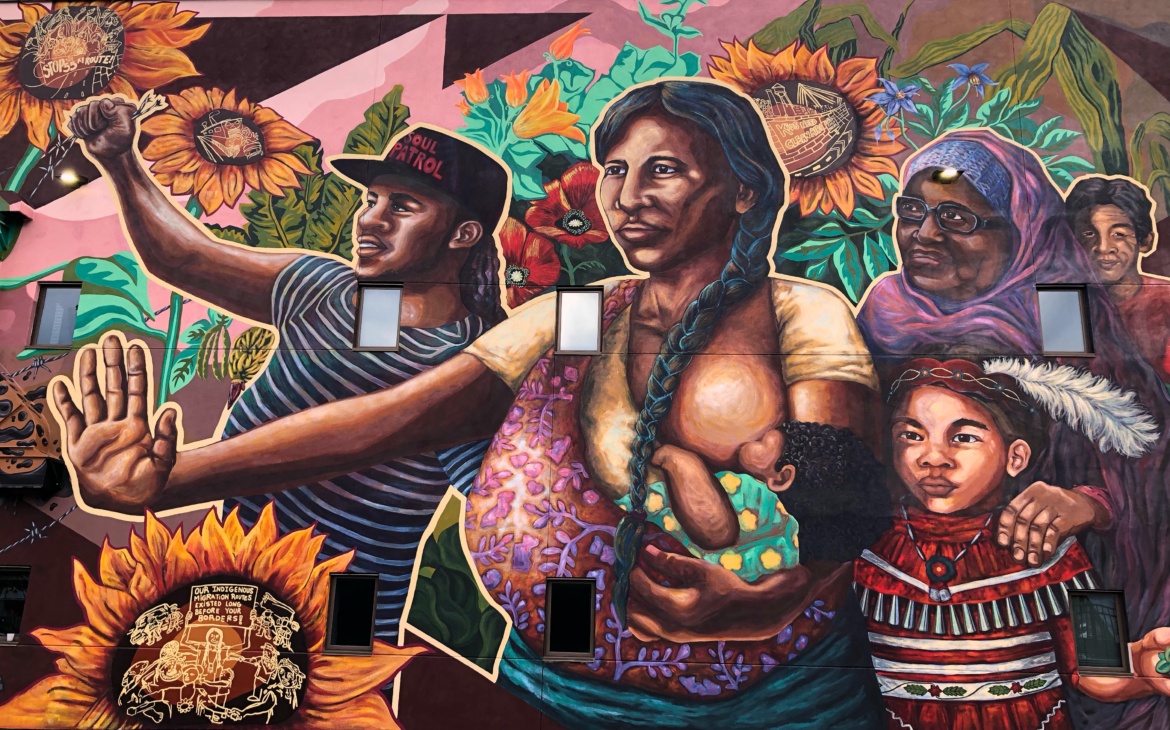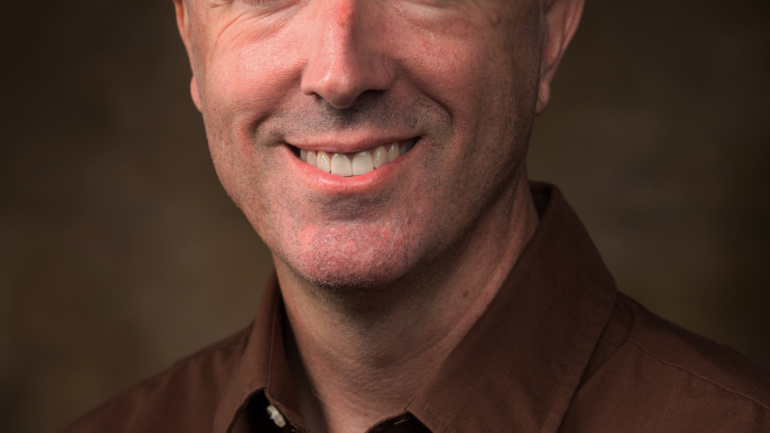
By Jarrette Werk
Photos by Makayla Sloan & Taylor Notah
Minneapolis – Once a street scattered with bars and crime, Franklin Avenue is now a cultural corridor rich with Indigenous art. The American Indian Movement was born here, and helped to revitalize it within the last few decades.
One can find art everywhere you look on Franklin Avenue. Murals cover the sides of buildings and outline them with floral designs. Even the utility boxes are decorated with portraits of American Indian Movement leaders.
“The art here is really great,” said Thomas LaBlanc, Dakota tribal member, and former American Indian Movement co-director. “It’s almost like a renaissance and tribute to the Indian pride…the art shows that it’s good to be Indian.”

Like many urban areas in the United States, Franklin Avenue has a long history of racism toward the Native American people who call it home.
Franklin Avenue once marked the edge of the city and was the border of Minneapolis. Before colonization, it was home to the Dakota people, but since the 1950’s post-“relocation era” many Native Americans were displaced. It is now the site of the Little Earth community, the country’s only affordable housing site for Native Americans.
With promises to reasonable and satisfactory employment, many Native Americans left their rural reservations in the 1950s to larger metropolitan cities, such as Minneapolis.
In 1968, the American Indian Movement was founded to restore hope to Native Peoples by helping those in urban ghettos who became displaced by government programs.

Although Franklin Avenue was not the safest place in the city, it had a large population of Native Peoples residing in or near the area and became a community center.
“Franklin Avenue was a tough area in the late ’60-’70’s,” said LaBlanc. “There were a lot of vacant storefronts, bars, and it was rundown, kind of like a ghetto. But when all of the Indians started to come in everyone started showing up, we took over this part of town. It was a nice and exciting time.”
With the help of AIM, the community addressed issues related to sovereignty, leadership and treaties. Particularly in its early years, AIM protested racism and civil rights violations.
“Indians started to rise up,” said LaBlanc. “We were all proud to be Indian.”

With resurging pride the community began to reclaim the occupied areas. Indigenous artists created murals, sidewalk art, other forms of artwork.
In the last decade, Minneapolis began the City’s Art Wraps program to increase connections between artists and neighborhoods, organizations and residents through placemaking and also to reduce graffiti.
Artists wrapped utility boxes with graffiti proof photographs of influential AIM leaders and powwow dancers in full regalia.
“I think these boxes give a sense of pride and representation,” said LaBlanc. “But it’s not just the representation that is important, it’s showing us that we are actually visible and that we are still here.”
Franklin Avenue has come a long way from being the dangerous street lined with bars to becoming a cultural corridor.
“[Franklin Avenue] is kind of like a wild animal,” said LaBlanc. “It has survived in the modern world and it has always adapted to its surroundings.”



